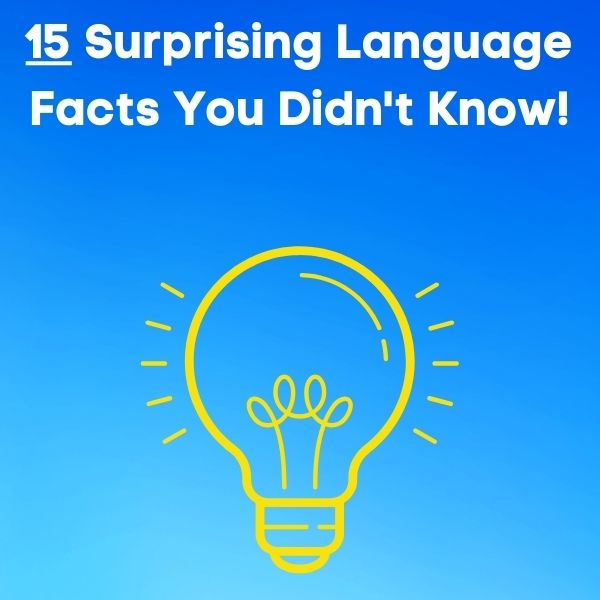Around the World in Writing: Discover Different Alphabets and Scripts
There are dozens of writing systems used around the world, with many languages sharing the same script.
Writing systems can be broadly categorized into several types, such as alphabets, syllabaries, logographies, abugidas, and others.
Below is a list of some of the most notable scripts, with a brief description of each:
Alphabets
- Latin Alphabet – Used by most Western languages, including English, Spanish, and French.
- Cyrillic Alphabet – Used by Russian, Bulgarian, and other Slavic languages.
- Greek Alphabet – Used by the Greek language.
- Armenian Alphabet – Used by the Armenian language.
- Georgian Alphabet – Used by the Georgian language.
- Hebrew Alphabet – Used by the Hebrew language.
- Arabic Alphabet – Used by Arabic and several other languages across the Middle East and Africa.
- Devanagari Alphabet – Used by Hindi, Sanskrit, and other languages in India.
- Bengali Alphabet – Used by the Bengali language.
- Gurmukhi Alphabet – Used by Punjabi language.
- Tamil Alphabet – Used by the Tamil language.
- Thai Alphabet – Used by the Thai language.
Syllabaries
- Kana (Hiragana and Katakana) – Used by Japanese in conjunction with Kanji.
- Cherokee Syllabary – Used by the Cherokee language.
- Canadian Aboriginal Syllabics – Used by various indigenous languages in Canada.
Logographies
- Chinese Characters (Hanzi) – Used by Chinese, with adaptations in Japanese (as Kanji) and Korean (historically as Hanja).
- Egyptian Hieroglyphs – Ancient script used in Egypt.
Abugidas (Segmental Writing Systems)
- Ethiopic (Ge’ez) – Used in Ethiopia and Eritrea for languages such as Amharic and Tigrinya.
- Brahmic Family – A large family of scripts used across South and Southeast Asia, including:
- Devanagari (also listed under alphabets, as it has features of both an abugida and an alphabet)
- Gujarati
- Telugu
- Kannada
- Malayalam
- Sinhala
- Tibetan
- Hangul – The Korean script, which is unique in that it is featural and can be considered an alphabet or an abugida.
Abjads
- Arabic Script – Primarily an abjad, with consonantal base letters and optional marks for vowels.
- Hebrew Script – Also an abjad, similar in use to the Arabic script.
Featural Scripts
- Hangul – The Korean script is often cited as featural because its letters are designed to represent the shape made by the mouth, tongue, and teeth when making their sounds.
Undeciphered Scripts
- Indus Script – Found in the Indus Valley and not yet deciphered.
- Rongorongo – A system of glyphs used in Easter Island, also undeciphered.
Extinct Scripts
- Cuneiform – Ancient script used in Mesopotamia and Persia.
- Linear B – An ancient script used in Mycenaean Greece.
- Phoenician Alphabet – An ancestor of many modern alphabets, including Greek and Latin.
Constructed Scripts
- Tengwar – Created by J.R.R. Tolkien for his fictional Elvish languages.
- Klingon – Created for the Klingon language in the Star Trek universe.
Others
- Mongolian Script
- Tifinagh – Used by the Berber languages of North Africa.
- Inuktitut Syllabics – Used in some parts of Canada by Inuit communities.
- Ogham – Ancient script used in Ireland and parts of Britain.
This list is not exhaustive, as there are many minority scripts, historical scripts, and newly created scripts not mentioned here.
Additionally, the classification of scripts can sometimes overlap; for example, Devanagari has elements of both an alphabet and an abugida.
Scripts evolve, and their use can change over time, so the list of active scripts may vary from year to year.



